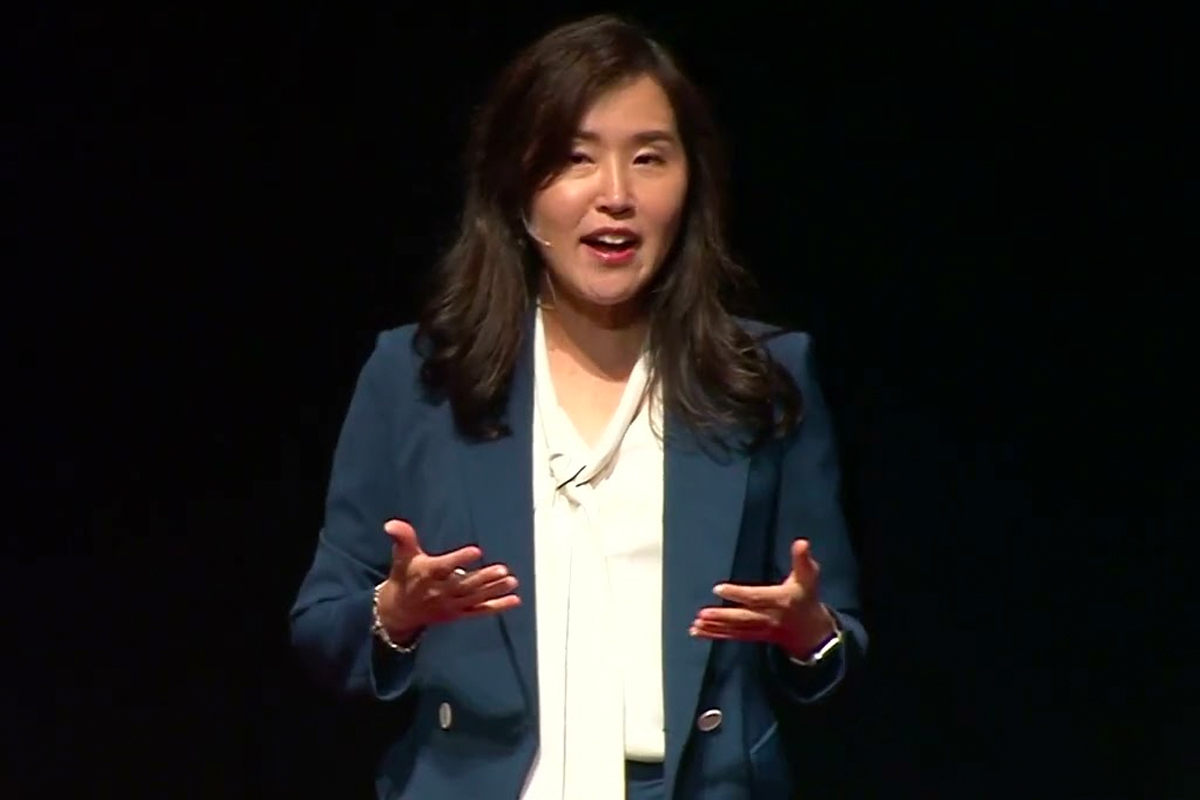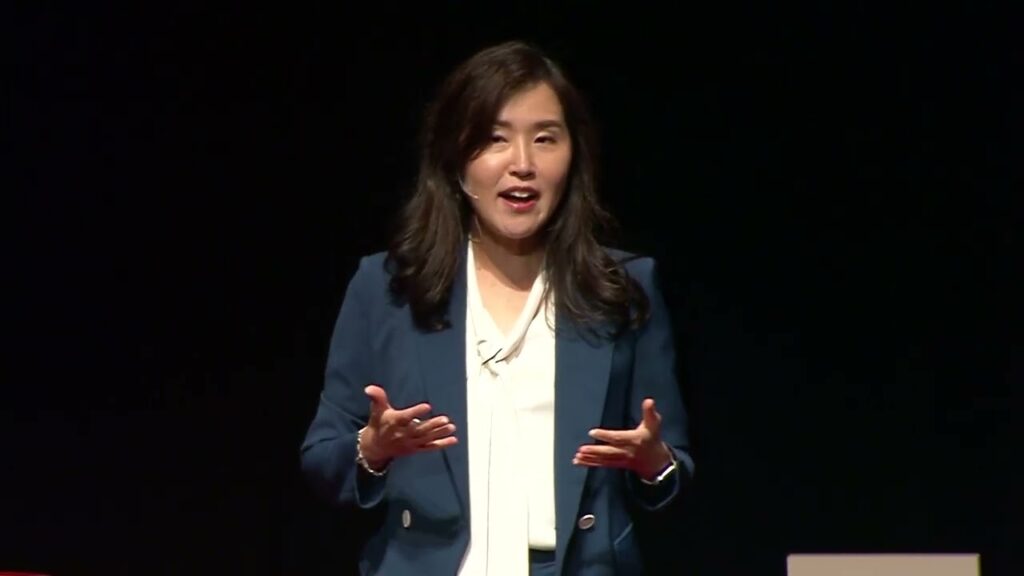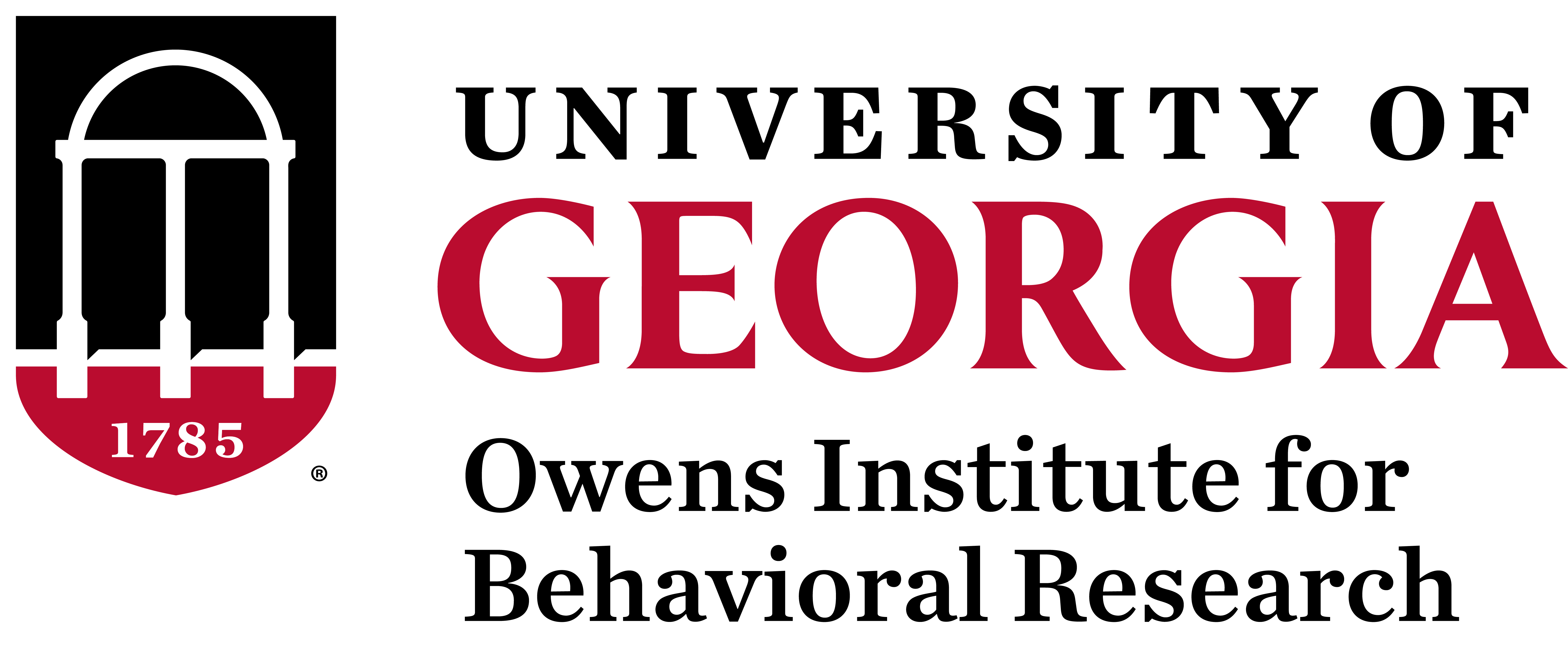Research Spotlight, Sun Joo (Grace) Ahn


Dr. Sun Joo (Grace) Ahn, Professor, Advertising & Public Relations, never thought she would become an academic. Her dad worked in sales for a very long time at multinational corporations in South Korea, and Grace still remembers her dad telling her about the challenges of leading large, integrative teams of people from different backgrounds and the excitement of finally being able to close a deal after months of preparation. She said, “I didn’t really understand much of the content of what was being said- but was always in awe of how the adult world worked and at the multinational scale of things.”
Looking back now, though, Grace shared that “it’s funny how my dad’s experiences and wisdom delivered to me during long conversations over dinner impacted my career choices: I love thinking about how persuasive messages can be designed and evaluated, the processes and outcomes of persuasion, pulling together large integrative teams for research, and ultimately developing interventions for large-scale attitude and behavior change. I never intended to be a professor of advertising but maybe my dad secretly knew all along!”
“Studying persuasion is a constant lesson in humility and the appreciation of diversity,” said Dr. Ahn. “Communication science is complicated and fascinating, because it is very much a relational science, where interactions between the medium, user, and contextual details all matter. The human stands at the center of our science and their lived experiences play a key role in how persuasive messages are processed and interpreted. Understanding the diversity and complexity of these relationships and designing a successful intervention to modify behavior, particularly in the context of everchanging technologies always keeps me on my toes,” Grace said. “What surprises me most about working on these types of projects is that understanding human behaviors and how they interact with technologies never, ever gets any easier (despite all these years)!”
Communication undergirds almost every human activity we can think of; it’s omnipresent. As a result, there are many more armchair scientists in this neck of the woods than there may be in, say, physics or chemistry. Grace added, “It’s surprisingly challenging to get noncommunication scholars to understand what communication science is and why it is important. Despite the seemingly frivolous nature of our research topics (e.g., entertainment, video games, social media), we employ systematic and rigorous methodologies to address our scientific inquiries.”
“Media and communication are weaved into almost every part of our lives and we are far more impacted by mediated communication than we realize; yet, it’s often a challenge to be taken seriously when your area of research is virtual reality, avatars, and video games.”
Grace has over 20 years of training and experience in media psychology with an emphasis on technology-integrated community-level interventions. She is currently serving as the Deputy Director and a MPI of the Center for Children’s Health Assessment, Research Translation, and Combating Environmental Racism, which is part of her current $4.5 million grant from the National Institute of Environmental Health.
The Center for Children’s Health Assessment, Research Translation, and Combating Environmental Racism (CHARTER), works to develop effective strategies to translate research findings of importance to children’s environmental health to relevant stakeholders in the community, academia, and healthcare. The research team with CHARTER know that working with community partners are the key to developing communication products that can be used to improve children’s health. The center acknowledges the structural nature of health inequity and is working on projects that address how structural inequities can negatively impact children’s health via research projects and community engagement (e.g., social media activities, training community health workers, K-12 outreach programs).
In recent years, Dr. Ahn has really expanded her partnerships with grassroots, non-profit organizations in the community, translating science into actionable, technology-mediated interventions. “When I launch interventions with these community partners, my research team gets to know them well and over the years, and we develop strong friendships with people who share our vision of leveraging science to help people live happier, healthier lives,” she said. “Being able to directly see and interact with community members and observe the positive impact of my research really makes all the hard work worth it. As many of us understand, this job is much more than “just a job”—it creates a lot of meaning in my life. The thrill of making discoveries and generating new knowledge never gets old, but I truly love the opportunity to be able to give back to community through my research. I think that intrinsic reward is what keeps me up working late at nights and drives a lot of the motivation behind my recent work.”
“My research program that started out with a small $20,000 internal grant has now become a sizeable enterprise with over $10 million in extramural funding. The interesting thing is that none of these people are in the field of communication; but their mentorship, guidance, and friendship over the years has allowed my scholarship to dramatically expand beyond its initial narrow focus to something that is much more transdisciplinary and meaningful,” Grace added.
More information about Dr. Ahn’s research: Center for Advanced Computer-Human Ecosystems (CACHE)
More info.: Grace Ahn
Written by: Andrea Horsman
